
Master artist Richard De Wolfe
Meet Richard De Wolfe, one of the greatest living masters of Nostalgic art from our time. He has a unique gift for capturing that very special ingredient of nostalgia in his work. His art has an ability to capture our imagination and take us back to the warm fuzzy feelings of happy childhood days when there wasn’t a care in the world. A time of joy, happiness and wonder. In his work Richard demonstrates a positive, uplifting spirit that makes us smile. Who needs to be reminded of reality when we can dare to dream. He encourages us to all dream.
Richard is a true inspiration as he continues to create art, after having a severe stroke just over five years ago and becoming paralysed at first. He couldn’t even hold a pencil or brush for a while but he thanks God every day that by his grace he has eventually learned to write and draw again.
Richard is the epitome of artistic success, he has enjoyed a wonderful career doing what he loves and in the process of sharing his art, brought so much joy and happiness to others. Fueled by a deep inner-belief ever since a young child, combined with a constant passion to do what he loves Richard has made a great life for himself with art and drawing at the foundation. This interview is my contribution towards celebrating Richard’s work and bringing it to your attention. I hope you enjoy reading this heart-warming interview with the great artist Richard De Wolfe as much as I have whilst reading and writing it.
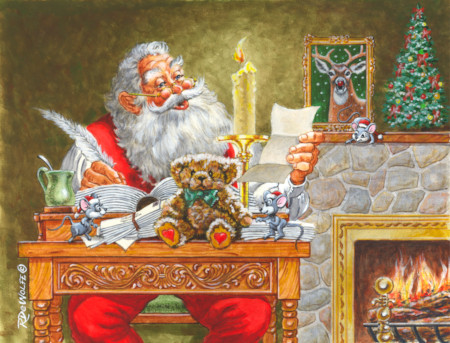
Artist: Richard De Wolfe Title: DearSanta
Interview with Richard De Wolfe by Cindy Wider
Q: Please tell us your year of birth and Country of origin
A: I was born in Ontario, Canada, and that is where I still live today. I’ve mostly lived a rural life, other than the years spent as an illustrator in Toronto. That was an exciting time for me, and I learned a lot from that experience.
Acting out elaborate fantasies, drawing as the scenario unfolded
Q: Richard, could you tell us when you first realised that you enjoyed creating art as a child and you were supported in your decision, if so by who?
A: Thinking back, I was always drawing, even before I started elementary school. The idea of becoming an artist never really occurred to me back then, art was just something I enjoyed doing. I would act out elaborate fantasies of pirates, monsters, and adventures of fancy, drawing it all on paper as the scenario unfolded in my mind. I think I was in the 2nd. Grade when the idea of what I wanted to be dawned on me. My primary teacher, Mrs. Newell, encouraged me to follow my dream. Over the years, many of my teachers continued to praise my artistic abilities. And my parents encouraged me, of course. They didn’t know much about art, but they were very supportive, especially my mother.
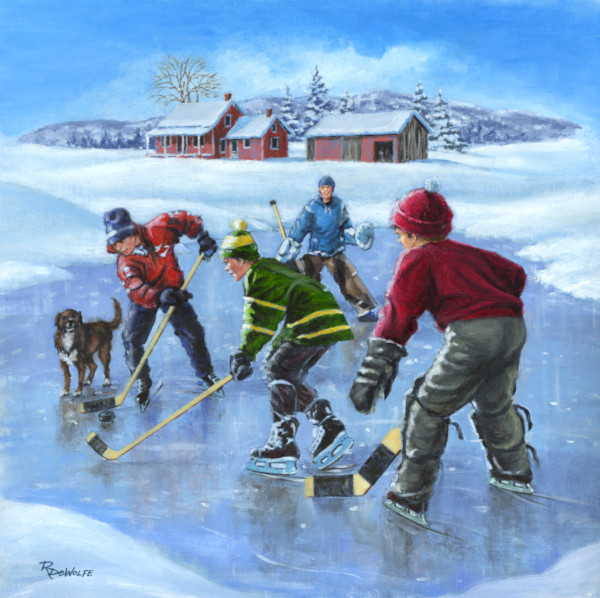
Artist: Richard De Wolfe Title: Pond Hockey
Q: What journey have you been on as an artist. For example, when did you first begin to create art as an adult? Did you study at all and if so where?
A: After I’d started secondary school, my former primary school principal, Mr. Jim Kellar, helped me present a solo art show in the auditorium there. It was a huge success, a sell-out, and supplied me with enough commissions to keep me busy through the summer and beyond. After that, there was never any question in my mind. I wanted to be a professional artist.
I had no formal training, but I studied a lot of work that I found in books and magazines, especially illustrators from the Golden Age. People like Howard Pyle, N.C. Wyeth, and Maxfield Parrish. I didn’t have a clue before that as to how illustration was done, other than a study-by-mail course that I discovered in the back of a comic book. It was the Famous Artist Home Study Course. I had to take that, the founders included artists such as Norman Rockwell, Robert Fawcett, Al Parker, and Albert Dorn. Many of my heroes had designed the course. That was long before the internet. Everything was done through the mail. I would study an assignment, then produce some art and mail it into an instructor for criticism.
After graduating high school, I set out to make my fortune in the city of Toronto. I’d never left my tiny rural village of Rockport, population: about five hundred. I pounded the sidewalks until someone took pity on this country bumpkin who refused to give up. I got a job sweeping the floor and emptying the garbage in an art studio. I worked my way up from there, watching and imitating the artists I worked with on my own time.
One of my greatest achievements has been teaching a course at the Ontario College of Art in that city, even though I never had any formal art education myself.
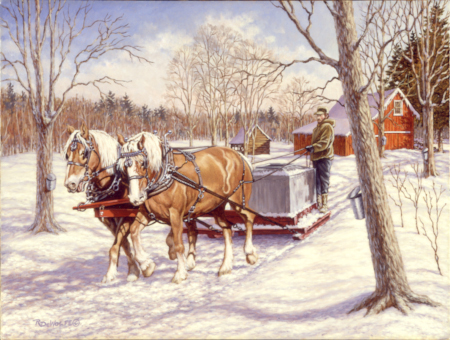
Artist: Richard De Wolfe Title: Collecting the Sap
Creating art is compulsive, an obsession
Q: What is the primary motivation for why you create art?
A: I have to create, to draw, to paint. It’s a part of me, it’s compulsive for me, an obsession. I think I’m still living the fantasy that began before I started elementary school. It’s how I enjoyed myself as a child, and it’s still the same today.
Q: What goes through your mind while you draw/paint, is there a calm silence, do you listen to music or do you experience doubt, fear or any emotions at all?
A: I get excited by the picture at hand. People often ask me what my favourite piece might be? My reply is always, “The one I’m doing right now.” I’m always eager to see it develop, hoping to match the vision I have in my mind.
I often listen to calm, joyful music, or an audio bible. Other times, I prefer the silence. I get lost in the story I’m creating on canvas or paper. The thing that I find difficult, is distraction. Painting is a solitary endeavour that requires all of my attention.
I had a severe stroke over five years ago. I’m very fortunate to be alive today. It was touch and go for a while, but I pulled through. Being paralysed at first, I couldn’t hold a pencil or brush. I thought my career was finished, but through the grace of God, I eventually learned to write and draw again. I thank the Lord every day for my blessings.
I don’t have the control of my hands that I once enjoyed, but I get by with what I have. Fear of failure is always with me, and there’s lots of stuff I don’t attempt to do anymore. You have to face up to your limitations. I’m thankful for what I have, and no longer take anything for granted. I always need to be thankful to God for working through me.
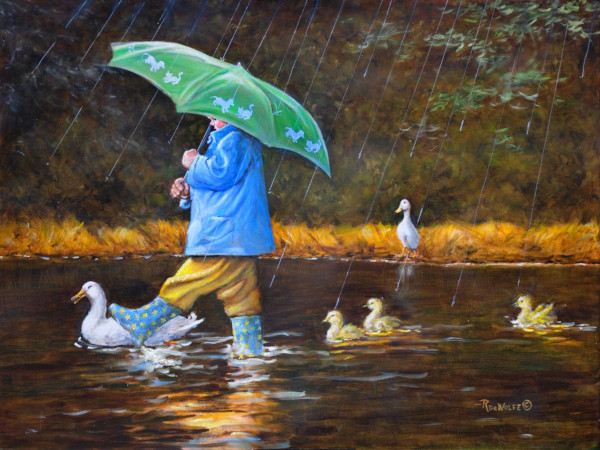
Artist: Richard De Wolfe Title: Duck Soup
Follow your heart and never give up!
Q: How do you make time to include art in your life, do you have any suggestions to help others manage their creative lives?
A: I was fortunate to be able to make my living from my art. I’m retired now, but I’m still selling my work, often online. The biggest difference is now I only paint what I want to, and I can paint as much or as little as I want.
For young people, I suggest you have a clear understanding of what it will take to devote yourself to your art. Follow your heart and never give up. Do what you love best. That’s far more satisfying than monetary gain. You must be practical, however, and become you own toughest critic. Don’t settle for less than you can do.
Those of you who are older, or have a different vocation to earn their living, take some time for yourself, don’t be shy. Make your art as often as you can. It may have to remain a minor activity, but embrace it, and express yourself. Have fun and dream!
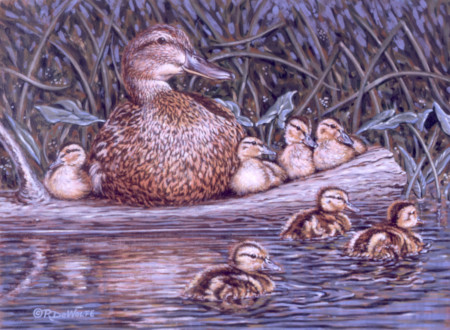
Artist: Richard De Wolfe Title: Someone To Watch Over Me
Q: Is Drawing and creating artworks your only profession or main business. If not, what else do you do for work?
A: My work has always been centred around art. Over the years I’ve tried a few other things too, but never did I abandon my art business. I’ve been a landlord, a financial planner, and my wife and I ran an equestrian facility until my stroke forced an end to that. I always pursued my art profession, no matter what else I was involved in along the way.
Be true to yourself, don’t try to imitate anyone else
Q: Do you have any special unique advice or skills to share with other artists who are learning to create artworks at this very high standard that you are working at?
A: I don’t think I have any special skills in what I do or how I do it. You should follow the rules and develop your own skills before breaking them. I suggest that you be true to yourself in the works you create and don’t try to imitate anyone else. By all means, study artists you admire, present and past, and learn from them, but do your own thing. Like handwriting, we’re all unique in how and what we do. Be influenced, but do your own thing.
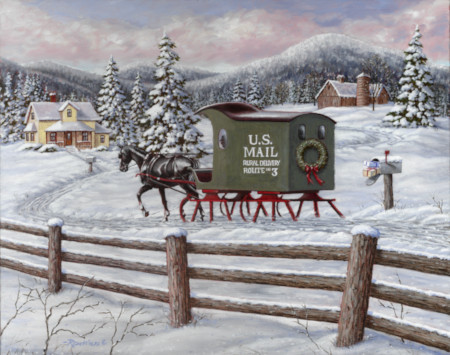
Artist: Richard De Wolfe Title: Accross the Miles
The Royal Canadian Mint commissioned him to design and paint their first ever full-colour collector coin
Q: Richard please tell us about any significant awards you have won or exhibitions that have made an impact on your life.
A: My 1st achievement came in public school. All the small schools in the region were amalgamated into one big central school. There was a competition, open to everyone, to design a school crest. To my surprise, I won. I still have the trophy I got for doing that.
Over the years there have been several magazine and newspaper articles, even a couple of news items on TV. Local stuff. I’ve had examples of my work published in at least one hardcover book on the art of drawing. That was really nice.
The Royal Canadian Mint actually tracked me down and commissioned me to design and paint their 1st ever full-colour collector coin. I’d never even approached the Mint, so it came as a complete surprise when they called me. There wasn’t the usual competition to award the job, they’d already decided that they wanted me for that one. It was a good thing for me. I’ve never liked participating in competitions.
A lot of people have become familiar with my paintings through these sorts of occurrences. I’ve definitely benefitted from the exposure. People need to come across you and your work a number of times before it sticks, and then they remember you.
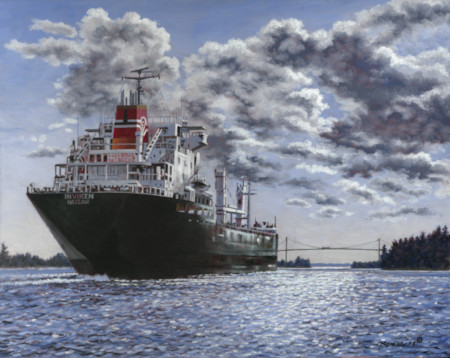
Artist: Richard De Wolfe Title: Freighter Inviken
He’s happy if he can help others through his art
Q: What major and significant goals and influences do you have for your art if any?
A: I used to strive for fame and fortune through my art. I always worked hard to please my clients. Sometimes that meant working straight through the day and then all night, too. I’m older now, so my goals are much more modest at this point. I just want to enjoy life and make art that pleases me. If I can help others through my art, I’m happy.

Artist: Richard De Wolfe Title: A Menagerie Under the Tree
Q: Is there anything else that you would like to tell me about your art journey so far?
A: I don’t regret spending my life making art. My career has been more than I could have hoped for. I took the ‘seat of my pants’ approach to the business, which worked, but if I were doing it again I would get some training first. I sometimes wonder if I would’ve learned more, gone farther or faster with that kind of a foundation to build on. At the same time, I know I owe much to other artists I was fortunate to work with over my career, they taught me so much.
To see more from Richard De Wolfe check out her work at the link below
- Website: www.richarddewolfe.com & www.rdewolfe.com
- Email: richard@richarddewolfe.com
- Facebook: facebook.com/richardhdewolfe/
- Twitter: @RichardDeWolfe


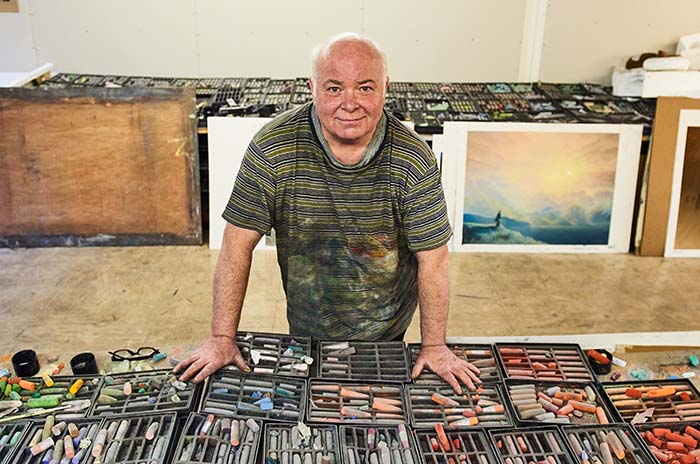
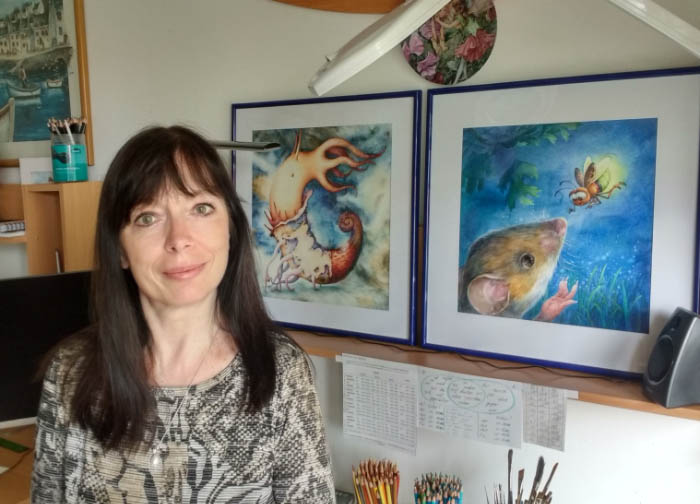
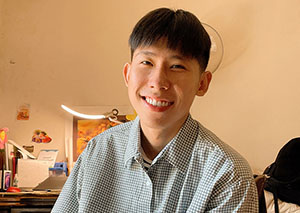


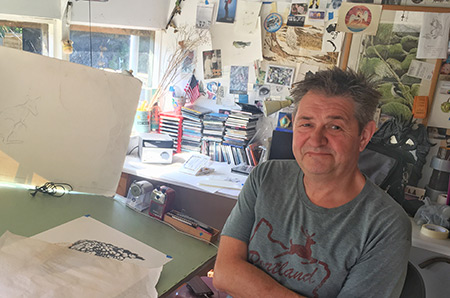
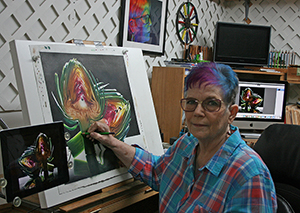
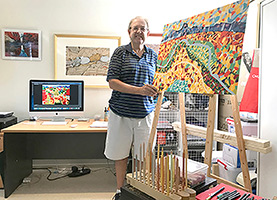
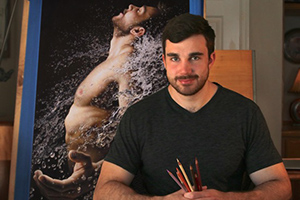
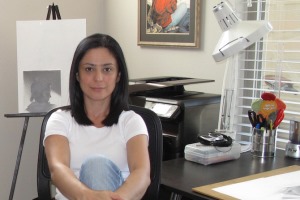
Brilliant read. Worth reading more than once, for perspective of each question. Very good!
What a great interview. Even I can learn something new about my dad.
I’ve enjoyed your interview with Richard De Wolfe and I’m very proud of him as he is my sister’s son-in-law. He’s a wonderful man and I’m glad I know him.